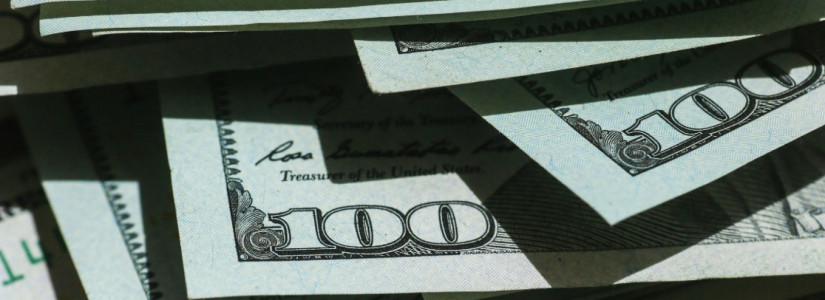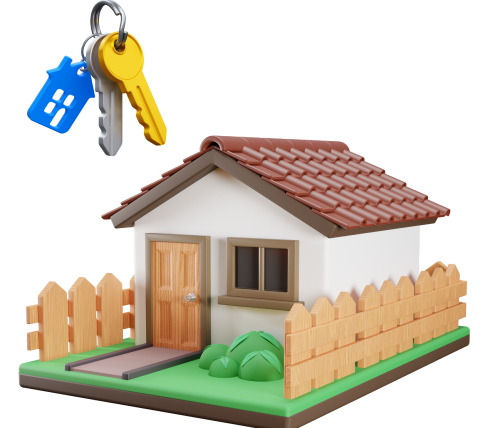United States Housing Industry Makes a Huge Comeback
The American housing market has made a big comeback between June and the end of September, according to a report released on October 1. This has happened even though the economy as a whole is still struggling to make gains after the COVID-19 pandemic triggered a huge recession. The housing market fizzled during March and April, held steady in May and made big gains once summer arrived. Read on to learn why this happened and what experts think the future has in store for housing prices, supply and demand in the United States.
What Is Stoking the Rise in Housing Recovery
The strength of the American housing market has primarily been driven by the very low mortgage rates. The Federal Reserve has kept interest rates to banks close to zero, and those banks are passing the savings on to consumers. The Millennial generation is at the point where home buying is of interest. Many of them are getting married and starting families, so they are ready to become homeowners. There is also a low inventory of properties available for sale. All of the people who want to buy are competing for a small number of homes. The competition is driving prices up. Some people are getting priced out of the market due to the competition.
Who Is Driving Home Sales
Low-income earners have been hit the hardest by the economic fallout of the COVID-19 pandemic. Most of the white-collar workers have come through relatively unscathed. They are the ones who are driving the competition for the small inventory of homes for sale. A housing economist at Zillow said on October 2 that Americans who work white-collar jobs have intact finances. If they have good credit, there is no reason for them to hold off on buying a home.
Statistics for Summer Home Sales
The sales for existing homes have increased for three months in a row. They declined in March, April and May but quickly rose to historic peaks in June, July and August. According to the National Association of Realtors, the seasonal adjustment for home sales yields an annual rate of 6 million homes in August, which is the fastest rate of growth since December 2006. The demand for new construction homes has also been high. Those sales went up by 4.8% in August. The seasonally-adjusted rate for that was 1.01 million houses. The sales of new houses are up 43% compared to the same time in 2019.
Mortgage Rates Drive Sales
Most people don't have the cash on hand to buy a house outright. They have to borrow the money. Mortgage rates have fallen in 2020 to record lows and have stayed there for a while. The current average mortgage rate on a 30-year loan is just 2.9%. Last year in the third quarter, the average interest rate for the same type of loan was 3.64%.
Why Demand for Housing Is High
There is a huge imbalance in the supply of homes for sale compared to the demand for homes. In August, 1.49 million homes were listed for sale. This is 18.6% lower than August 2019. At the same time, the Millennial generation is reaching its 30s. This is prime time for big life events, including getting married and buying a home. Their demand has increased competition for the small number of homes for sale and caused big increases in prices. The median price for an existing home for sale was $315,000 in August. That is 11.7% higher than August 2019.
Housing Market Conditions Suggest an Uneven Recovery Is in Store
After the Great Recession of 2007, the housing market took years to recover. The fact that it only took a few months this time means that the high demand and low supply are the cause for the boost of sales. If there were more houses for sale, the recovery would take a longer amount of time. In the past, economists have used the job market as a predictor of the strength of the housing market. The job market is not recovering that quickly. This is additional evidence that the housing market is driven by the combination of the historic low supply and low interest rate.
Housing Predictions for 2021
Economists suspect that the housing market will keep growing in 2021. They think prices will increase by about 3.7%. They also expect the housing market to keep growing for at least 12 to 18 months, even as the COVID-19 pandemic continues.









